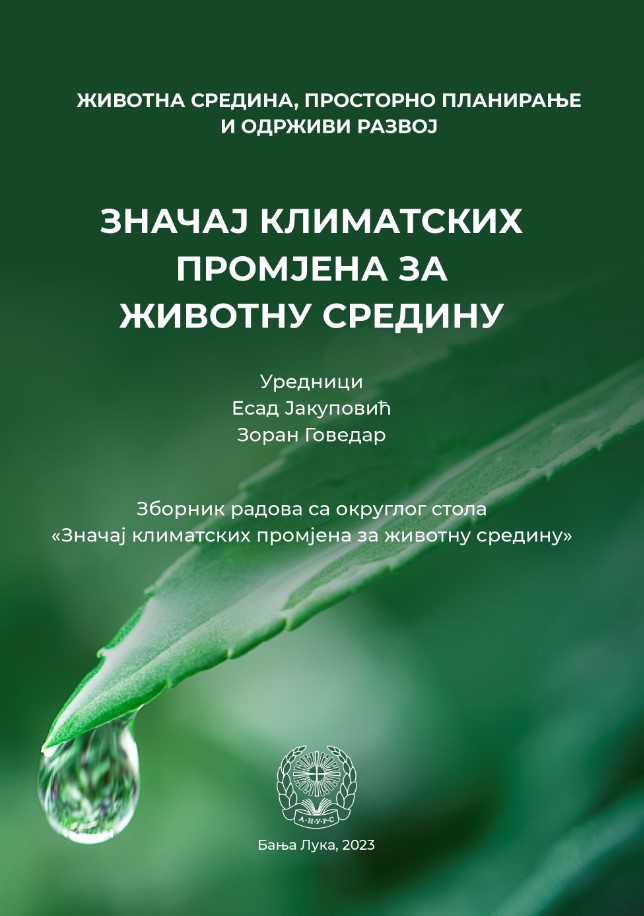Allochthonous plants of the Ramsar site „Bardača Wetland“ (Republic of Srpska)
DOI:
https://doi.org/10.7251/ZSPPOR2301063SKeywords:
biodiversity, climate change, alien speciesAbstract
Allochthonous plants are those plantsthat have been intentionally or unintentionally introduced to a specific area, where they are not naturally distributed. A special group of allochthonous plants consists of allochthonous (alien) invasive species. The term allochthonous invasive species refers to allochthonous species whose introduction or spread has been found to threaten or adversely impact upon biodiversity and related ecosystem services. Ramsar site “Bardača Wetland” is located in the northern part of Republic of Srpska (Bosnia and Herzegovina). It is bordered from the north by the river Sava, from the west by the river Matura, from the east by the river Vrbas, while the southern border is near the Osorna-BornaLjevčanica canal. This area has functioned as a fishpond since the beginning of the 20th century, and it was declared as Ramsar site in 2007. Also, “Bardača Wetland” is on the list of Important Bird Areas. The aim of this work is to present a list of allochthonous plants based on a review of the available literature and field research in the Ramsar site “Bardača Wetland”. A total of 34 taxa of allochthonous plants were recorded in the Ramsarsite “Bardača Wetland”, and the newly recorded forthe researched area are Echinocystis lobata and Phytolacca americana. Considering the geographical position of the Ramsar site “Bardača Wetland”, as well as the possible negative consequences of climate change, our results represent the basis for future research on the distribution and potential spread of allochthonous species.

